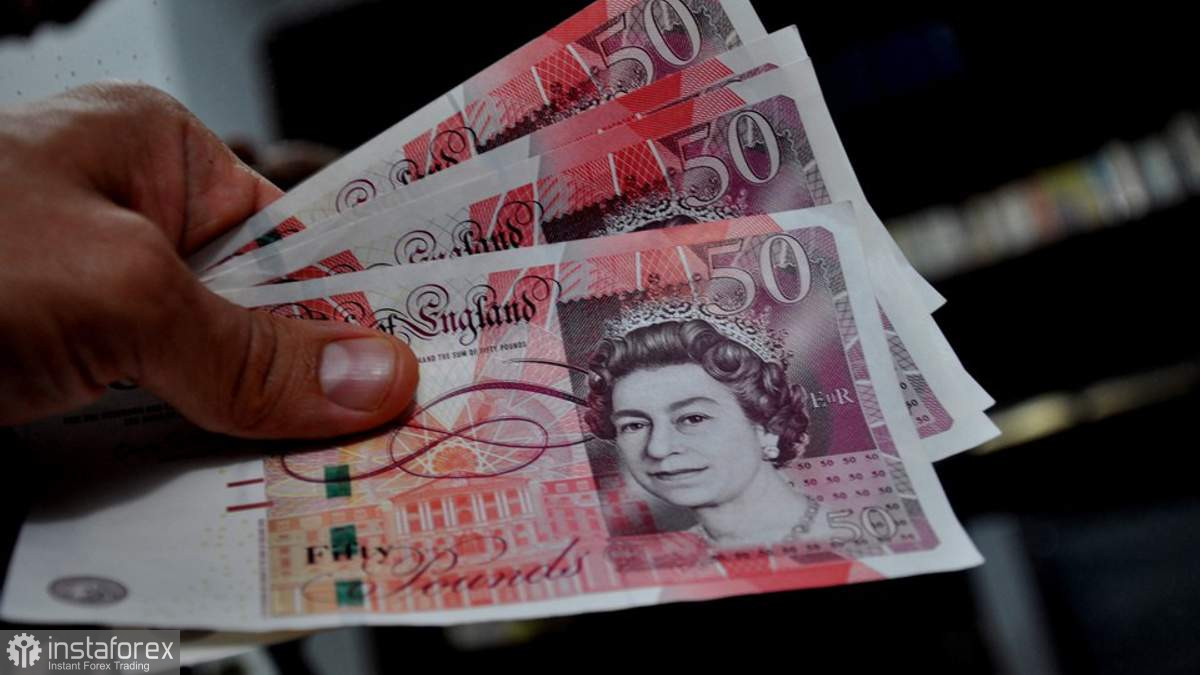The British pound has been showing active growth recently, and objective reasons exist.
During his recent speech, Bank of England Chief Economist Huw Pill stated that the timing for a rate cut remains an "open question," which prompted traders to abandon expectations of a change in monetary policy at next month's meeting. This, in turn, led to the strengthening of the British pound and the weakening of the US dollar.
Pill said that easing monetary policy is a question of "when" rather than "if," but he also expressed concern about inflation remaining high, even though other policymakers have indicated they are ready to cut rates to stimulate economic growth.

Pill noted that central bank policymakers still have some work to do to reduce domestic price and wage pressures and downplayed the importance of upcoming data before the next decision on August 1. "It is still an open question whether it is time for this rate cut now or better to do it a little later," Pill said. "For now, the process of core inflation and its persistence concerns me more than the timing of rate cuts, and only a return of this indicator to the target level will allow for the normalization of monetary policy."
This suggests that Huw Pill may still need clarification about cutting interest rates next month despite the overall inflation rate dropping to the target level of 2%.
Following last month's committee meeting, more members were ready to lower borrowing costs, stating that the decision to keep the key rate at a 16-year high was "finely balanced."
Investors interpreted Pill's remarks as a reluctance to move towards policy easing, which positively affected the pound. Traders also revised their expectations for a quarter-point rate cut in August, placing the probability at less than 50%.
It's worth noting that only two Bank of England representatives are currently voting for a cut — Swati Dhingra and Deputy Governor Dave Ramsden. Economists believe the three most aggressive policymakers will unlikely support an August cut. Many will depend on the remaining four committee members, including Governor Andrew Bailey and Huw Pill. Given that Pill is leaning towards a "wait-and-see" approach, the market reaction towards buying the British pound is unsurprising.
Technical Outlook for GBP/USD
The GBP/USD buyers need to reclaim the nearest resistance at 1.2860. Only this will allow them to aim for 1.2890, above which it will be quite challenging to break through. The furthest target would be the area of 1.2930, after which we could discuss a sharper rise of the pound to 1.2960. In the event of a decline, the bears will attempt to take control of 1.2830. If they succeed, breaking through this range will seriously blow the bulls' positions and push GBP/USD to a low of 1.2790 with the prospect of reaching 1.2760.
Technical Outlook for EUR/USD
For EUR/USD, buyers need to consider reclaiming the 1.0845 level. Only this will allow them to aim for a test of 1.0870. From there, they can target 1.0900, but achieving this without support from major players will be quite challenging. The furthest target would be the maximum at 1.0940. In the event of a decline in the trading instrument, I expect serious actions from major buyers only around the 1.0810 area. If there is no activity, it would be wise to wait for a retest of the 1.0785 minimum or open long positions from 1.0760.





















